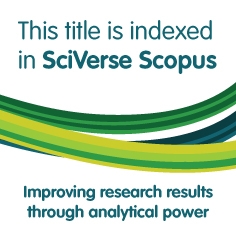
Abstract
E-health systems are often designed without considering user-centered design principles. Past research on the topic of patient-centered e-health (PCEH) has lacked focus on the design and development of a PCEH artifact and the process for its development. In this study, information systems design theory (ISDT) is applied to design, develop, and evaluate an e-health system based on PCEH principles. The goal of the artifact in this study is to improve patient understanding of diagnoses, procedures, medications, and post-discharge instructions and empower patients with the information needed pre- and post-discharge to make informed healthcare decisions. The artifact justification, meta-requirements, meta-design, development, and evaluation are presented in multiple iterations—beginning with a simple picture book, and ending with a Web-based, mobile, multimedia system. Findings indicate that a PCEH approach can be useful for achieving multiple design goals. The artifact illustrates achievement of an important organizational quality improvement goal for the case study organization involved, a key physician goal to improve patient-physician engagement, and an important patient goal—to improve understanding about patient-specific diagnoses and health conditions prior to discharge from a hospital visit and initiation of home health care.
DOI
10.17705/1CAIS.03424
Recommended Citation
San Nicolas-Rocca, T., Schooley, B., & Joo, S. (2014). Design and Development of a Patient-Centered E-Health System to Improve Patient Understanding at Discharge. Communications of the Association for Information Systems, 34, pp-pp. https://doi.org/10.17705/1CAIS.03424
When commenting on articles, please be friendly, welcoming, respectful and abide by the AIS eLibrary Discussion Thread Code of Conduct posted here.


